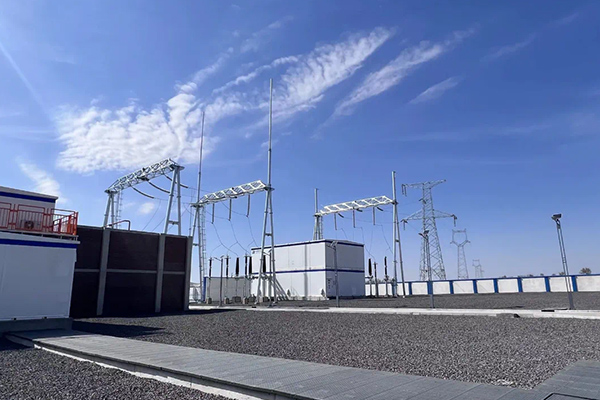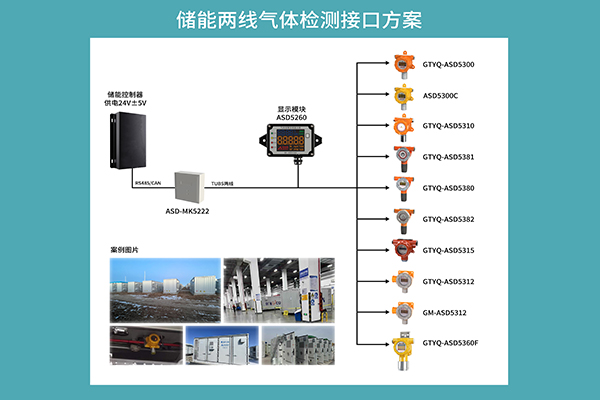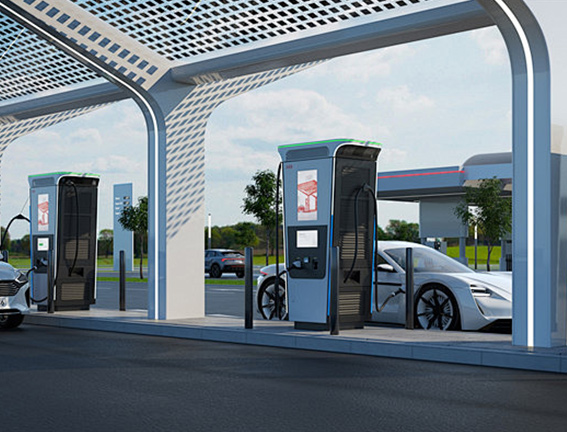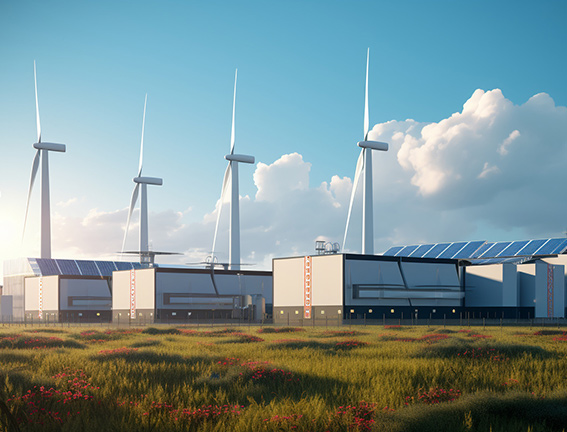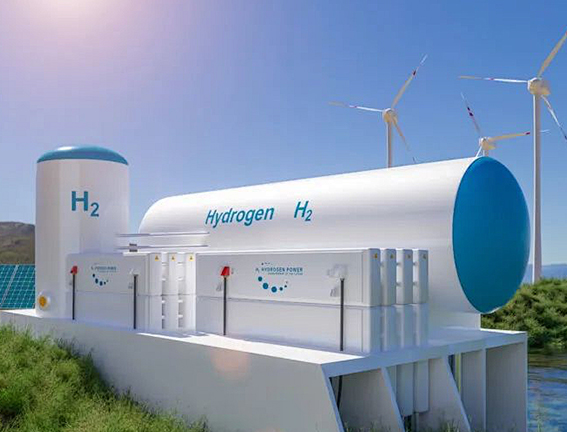Energy storage RS485 communication method - Jinhu Independent Energy Storage Power Station Project in Wuhai City, Inner Mongolia
The Wuhai Jinhu Independent Energy Storage Power Station Project is a grid-side independent energy storage project with lithium iron phosphate batteries as the energy storage medium. It is planned to invest 440 million yuan to build a 100-megawatt / 400-megawatt-hour new energy storage power station and a 110-kilovolt step-up substation as a supporting facility. After the project is completed, it will fully play its role in enhancing the system's regulation capacity, ensuring peak electricity demand, and addressing the electricity needs of the terminal power grid. It will further strengthen Inner Mongolia's capacity to accommodate new energy, enrich the types of energy storage technologies on the power grid side of Inner Mongolia, and improve the overall operational efficiency and stability of the power grid.
